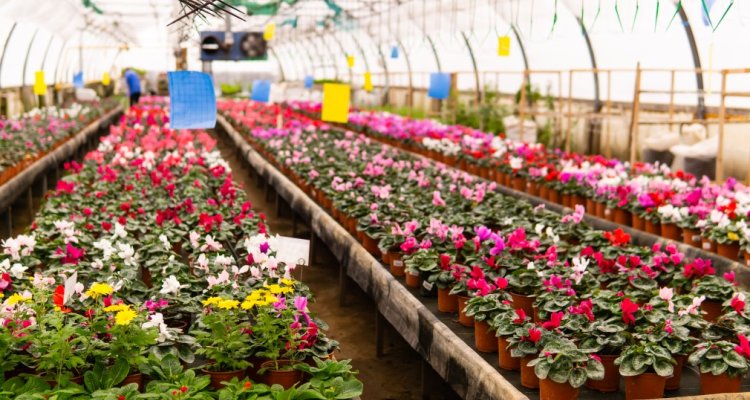Horticulture Uses AI To Record Flower Properties
The colour of a rose or the shape of gerbera petals: artificial intelligence in horticulture helps to record the properties of flowers. Researchers at Wageningen University & Research see numerous future possibilities for AI. Ron Wehrens: “New varieties are allowed onto the market only if they offer something new, and AI can help to record those features.”
Breeders and growers develop a large number of new flowers and plants each year. Before these varieties enter the market, Floricode (product registration) and Naktuinbouw (Netherlands Inspection Service for Horticulture) record a number of characteristic properties in their registration system. For example, the colour of the flower or the shape of the petals. “This way, the properties of these varieties are unambiguously recorded,” said Ron Wehrens, the business unit manager of Biometris at WUR. “That’s handy for auctions. It protects the rights of the breeder and also provides a clear basis for the system of admission. New varieties are admitted to the market only if they have something new to offer.”
Descriptions must be made with the utmost care
Specialists have to describe a variety with the utmost care. To support them, the TIK project MODOMA (Morphological Descriptions of Ornamentals through Machine Learning) of Floricode, Naktuinbouw and WUR studied the possibilities offered by artificial intelligence. The researchers used photos of roses and gerberas – taken in a standardised manner – to automatically extract the properties of flowers. To do so, they linked the photos to databases of flower features.
“It appears that artificial intelligence can consistently determine some of the properties of a flower. For example, in 85% of cases, there’s no doubt about the colour,” said Ron Wehrens. “One out of six flowers has a colour that falls a bit between the categories. In the case of very pale flowers, for example, we might hesitate between white, yellow, pink and orange. It’s exactly in these sorts of cases that a computer can eventually provide better standardisation.”
Computerisation makes process more reliable
According to Wehrens, computerisation has many advantages. “The process not only becomes more reliable and reproducible, but it can also be done at places where no experts are present. Searching for comparable cultivars becomes easier, and breeders can use the registration information in their own business operations and development. And from an international perspective, harmonisation will become easier.”
The study also showed that it’s possible to register colour with relatively simple configurations. A colour standard recorded in a photo can be used to correct for any differences in lighting. Wehrens: “More classical methods sometimes arrive at the same results. But AI works more efficiently; the computer algorithms can recognise flower properties without the flower having to be separated from its background.”
In addition to colour, the researchers also tested other properties: a set of 16 properties spread across the two varieties and the databases of Floricode and Naktuinbouw. Each of these properties consisted of two to five possible values (for example, very small, small, medium, large, very large). This resulted in an accuracy ranging from 35%-99%; properties with many possible values were more difficult to identify than, for example, properties that included only two levels. “In addition, some properties are easier to see in photos than others,” said the researcher. He pointed to the heart of the gerbera as an example. “The middle of the flower consists of two sorts of petals. It’s still difficult for AI to determine what percentage of the heart is from one type and how much is of the other. And that’s also difficult for experts to see. This can be improved by training the algorithm with more photos. There are many future possibilities.”

